Kinetic artist Jesús Rafael Soto is feted with a duet of retrospectives in Paris and New York
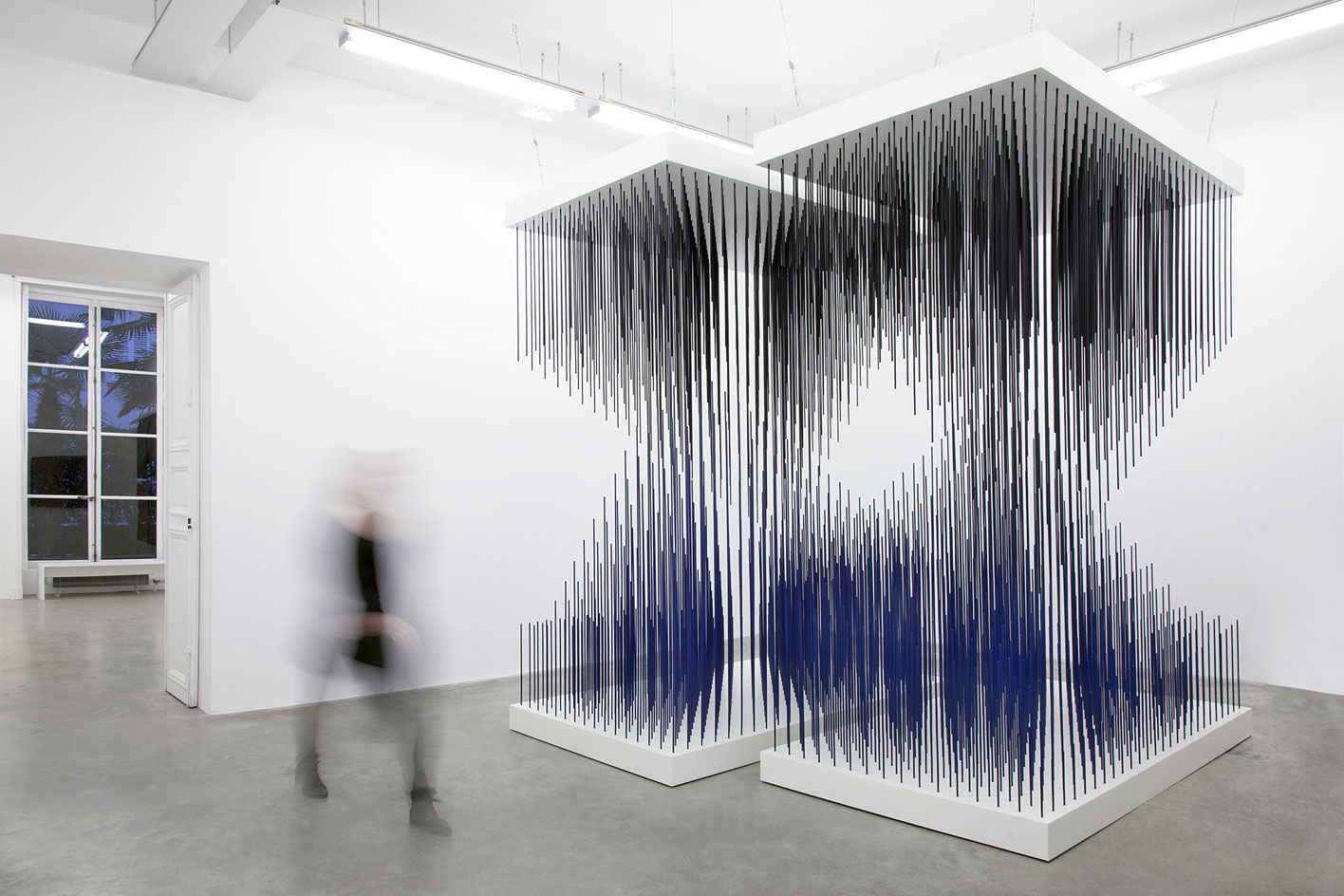
At Emmanuel Perrotin’s Paris gallery, visitors appeared to be lingering around the artworks more than usual. One cannot just stand and stare at Jesús Rafael Soto’s highly technical constructions. 'Pénétrable BBL bleu', a particularly striking example of his work, invites viewers to swish through its baleen-like grid of PVC tubes suspended from a garage-sized metal frame. (And yes, it’s kid friendly.)
The Marais exhibition is the first of two vernissages, both entitled 'Chronochrome', with the second opening in New York tomorrow. Perrotin’s staging of a double Soto retrospective represents a major opportunity to reflect on the artist’s contribution to modern art - specifically the dynamism of his complex and kinetically charged arrangements. The artist, who died in 2005 at the age of 81, added perceptual dimension to his 'paintings' so that wood panels would appear to advance and recede within their frames.
Some pieces, such as 'Cube de Paris' (1990) with its central vortex of red nylon strands, needs a 360-degree perspective; other works, such as the 'Ecriture' series filled with swirling metal reliefs, require shuffling back and forth to experience the vibratory effect. The negative space between the floating prismatic shapes of 'Doble progresión azul y negra' (1975) belies its immense weight (one tonne).
Born in Ciudad Bolivar, Venezuela - where an eponymous museum opened in 1973 - Soto moved to Paris in 1950, which also marked his shift towards a distinctly abstract style that furthered ideas developed by Piet Mondrian, Alexander Calder and Lazló Moholy-Nagy. His first retrospective of kinetic art took place 45 years ago and toured several European institutions including the Stedelijk Museum in Amsterdam and Paris' National Museum of Modern Art.
But historian and curator Matthieu Poirier notes how the artist has not received due recognition—at least, not yet. 'Many people are considering this part of history and Soto is the genius of this history,' says Poirier, who first visited the artist at his Paris studio in 2003. Today, that studio houses the archives and also remains an active workshop for his longtime assistant and fellow Venezuelan artist, René Ugarte, who uses parts that Soto presciently left behind to repair any wear and tear.
To wit, Soto's ouevre simply feels fresh. The 'moiré' pattern created by his optical illusions, for instance, is not unlike watching palm fronds rustle in a breeze. But as Poirier explains, all the tricks are in plain sight: 'He wasn’t James Turrell. Turrell is a magician; he’s hiding all the wires. As far as philosophy, Soto was a materialist — no magic. Everything is explainable.”
Of the nearly 60 exhibited works - in some cases, for sale - several have been made available by the artist’s estate, now represented by Perrotin, while others are loans from international museums. In collaboration with Soto’s four children (his wife passed away last year), Poirier engineered the simultaneous shows as 'a whole with two major parts' which are grouped by 'families of procedures and logics' instead of a more obvious linear chronology. 'With Soto,' he says, 'it is not a linear evolution.'
The fact that Soto’s work resists photography might just be the most remarkable takeaway in the Instagram era. While the precise geometries, the restrained colour palette and delineation of two-dimensional space all register well enough, the planes and illusions vanish and the ensuing flatness renders his art into something altogether different. And apropos of the shows’ title, 'Chronochrome', the longer you engage with each piece, the more it comes to life.
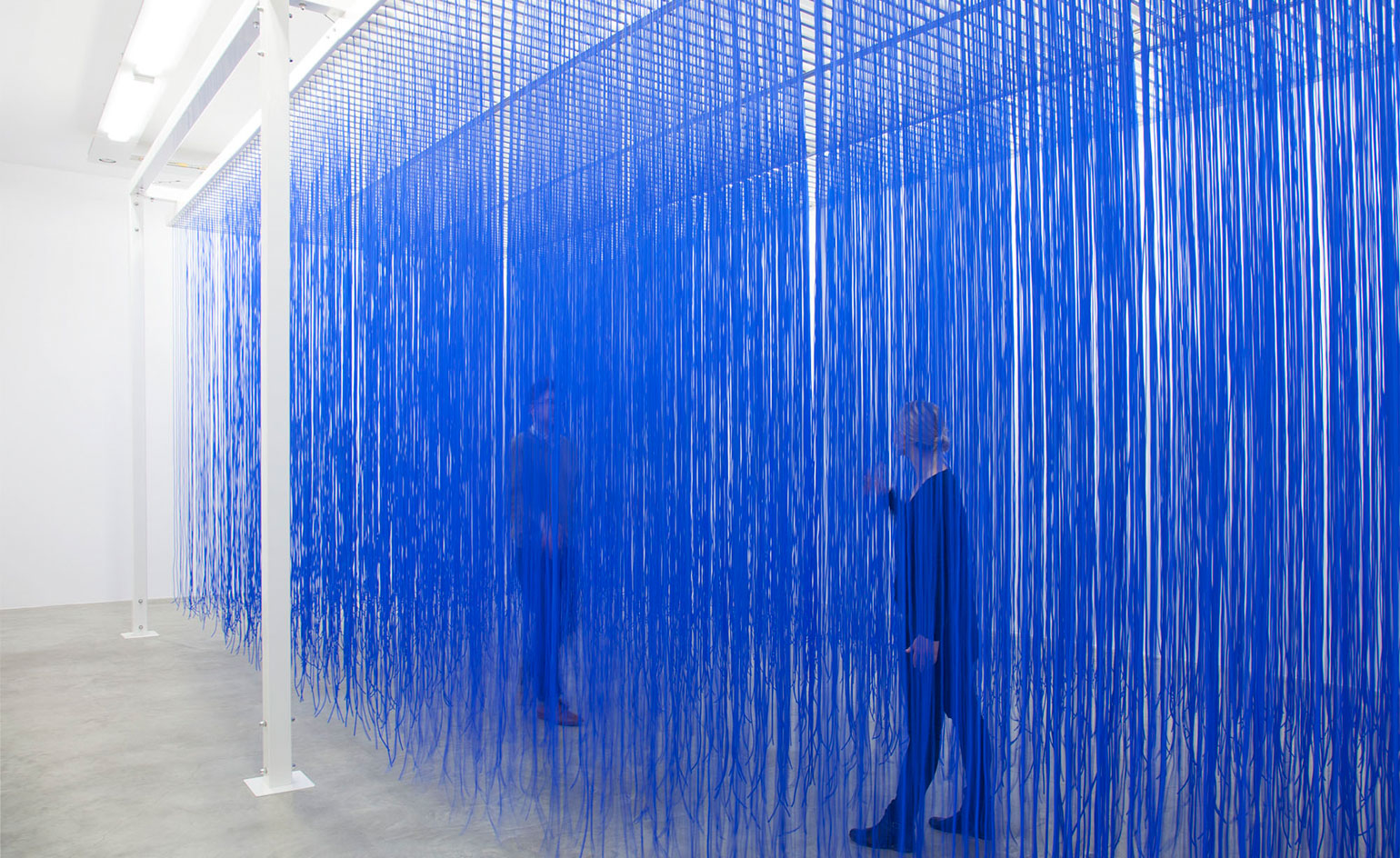
'Pénétrable BBL bleu', 1999, invites viewers to swish through its baleen-like grid of PVC tubes suspended from a garage-sized metal frame.
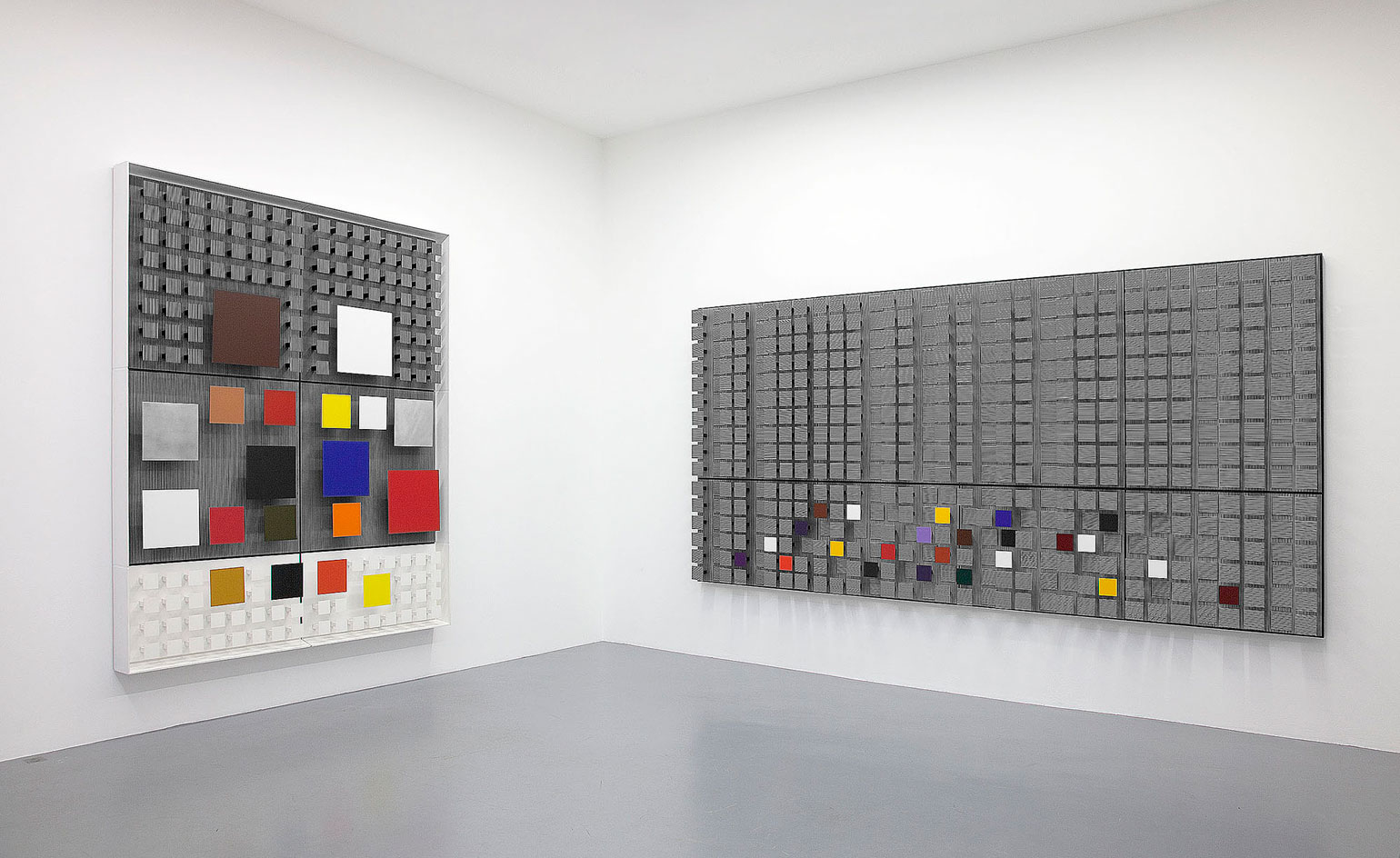
Galerie Perrotin's staging of a double Soto retrospective represents a major opportunity to reflect on the artist’s contribution to modern art - specifically the dynamism of his complex and kinetically charged arrangements.
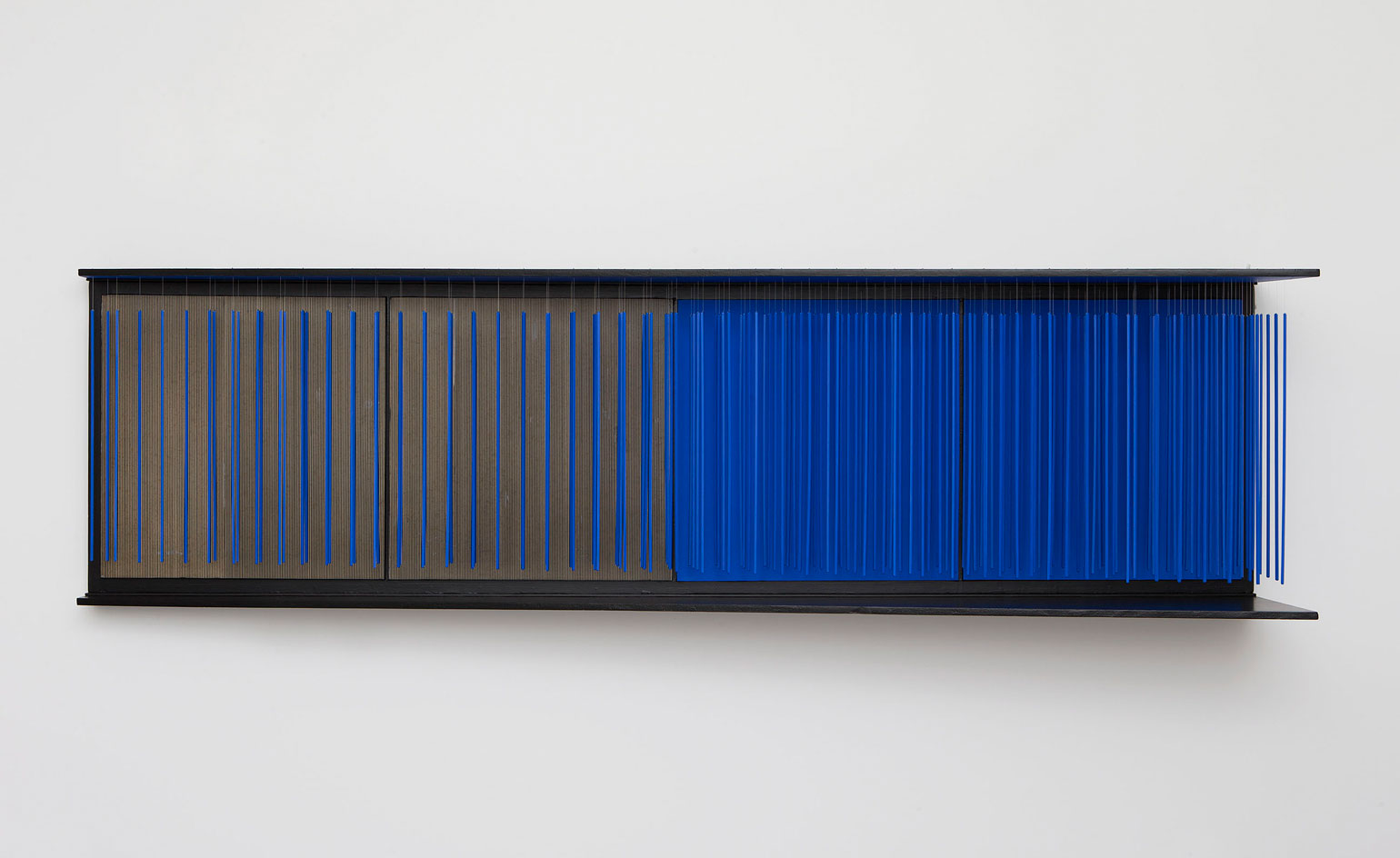
'Untitled, (Mur bleu)', 1966. Born in Venezuela, Soto moved to Paris in 1950, which also marked his shift towards a distinctly abstract style that furthered ideas developed by Piet Mondrian, Alexander Calder and Lazló Moholy-Nagy.
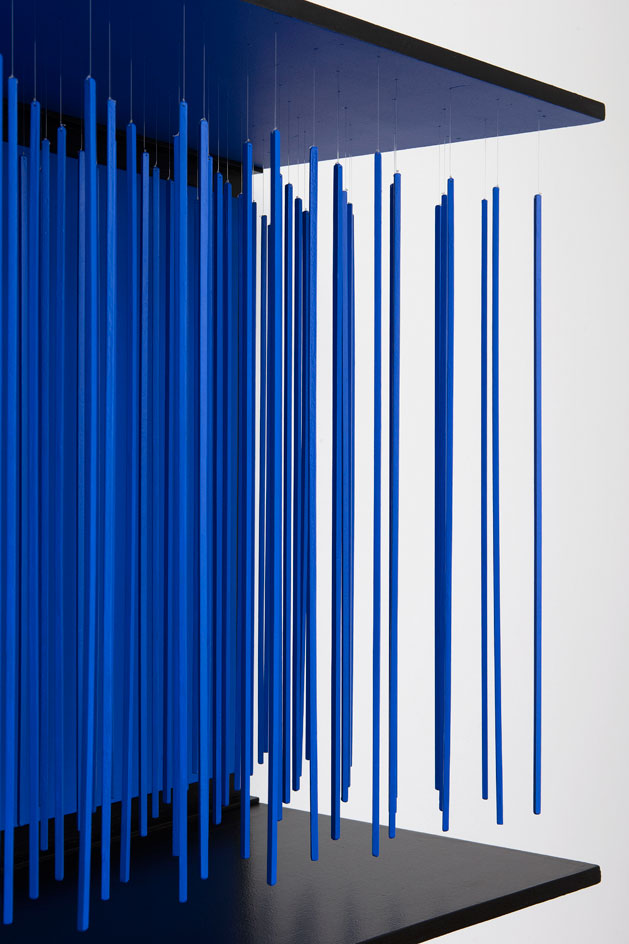
Detail of 'Untitled, (Mur bleu)', 1966.
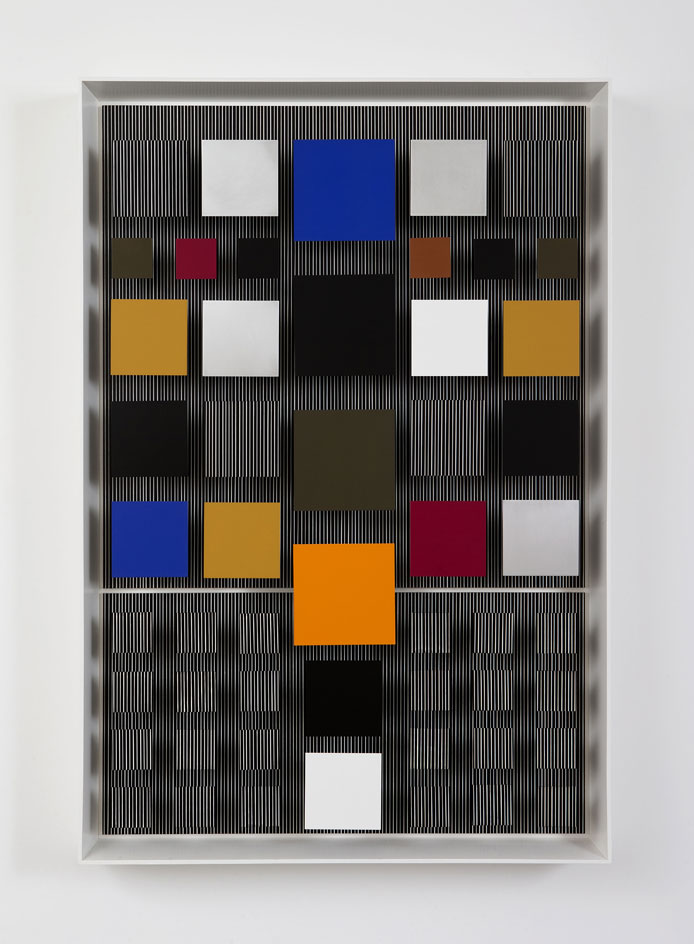
'Untitled (Ambivalencia en el espacio color n°12)', 1981.
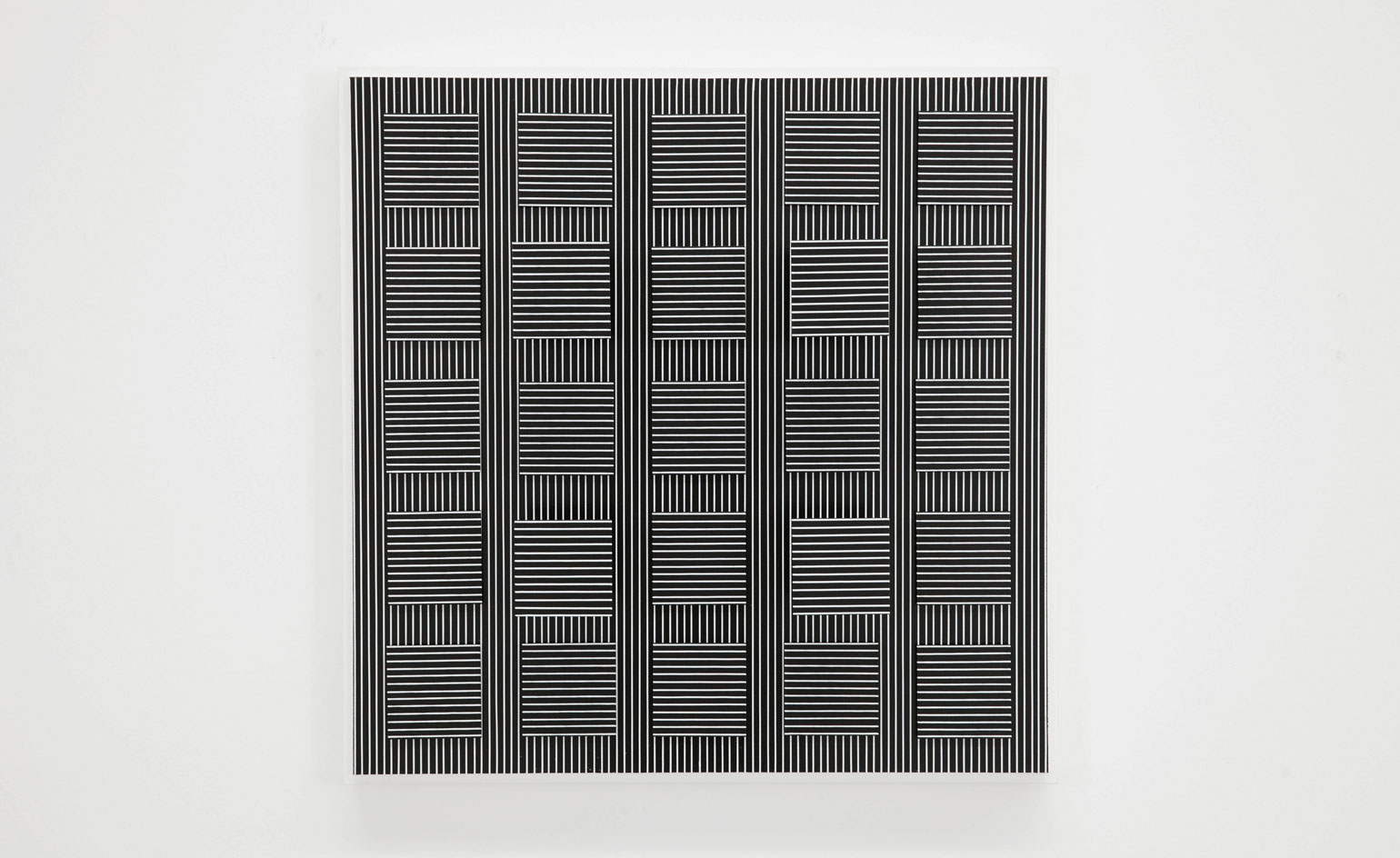
'Cuadrados en vibración', 1990.
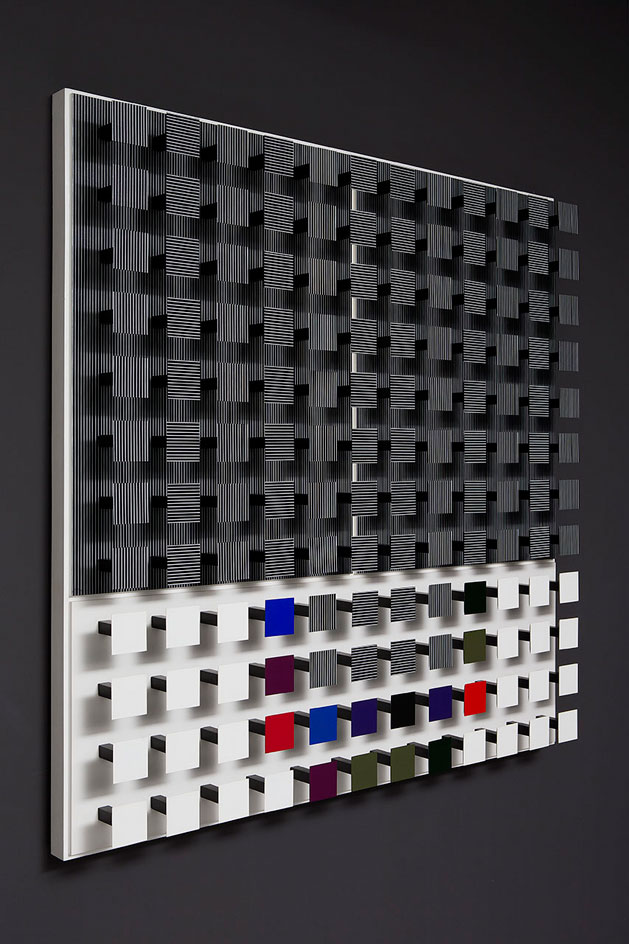
'Color abajo', 1991.
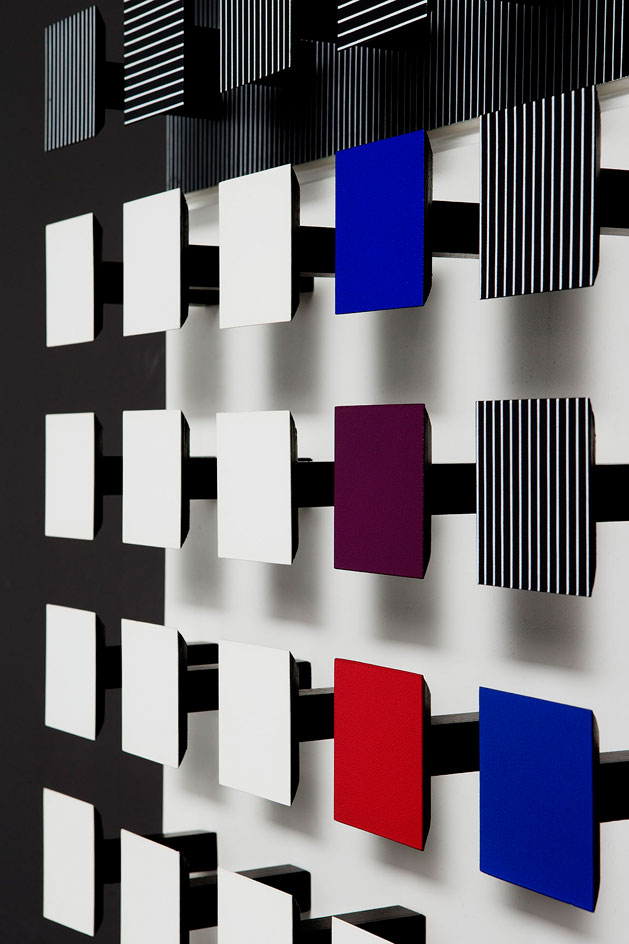
Detail of 'Color abajo', 1991.
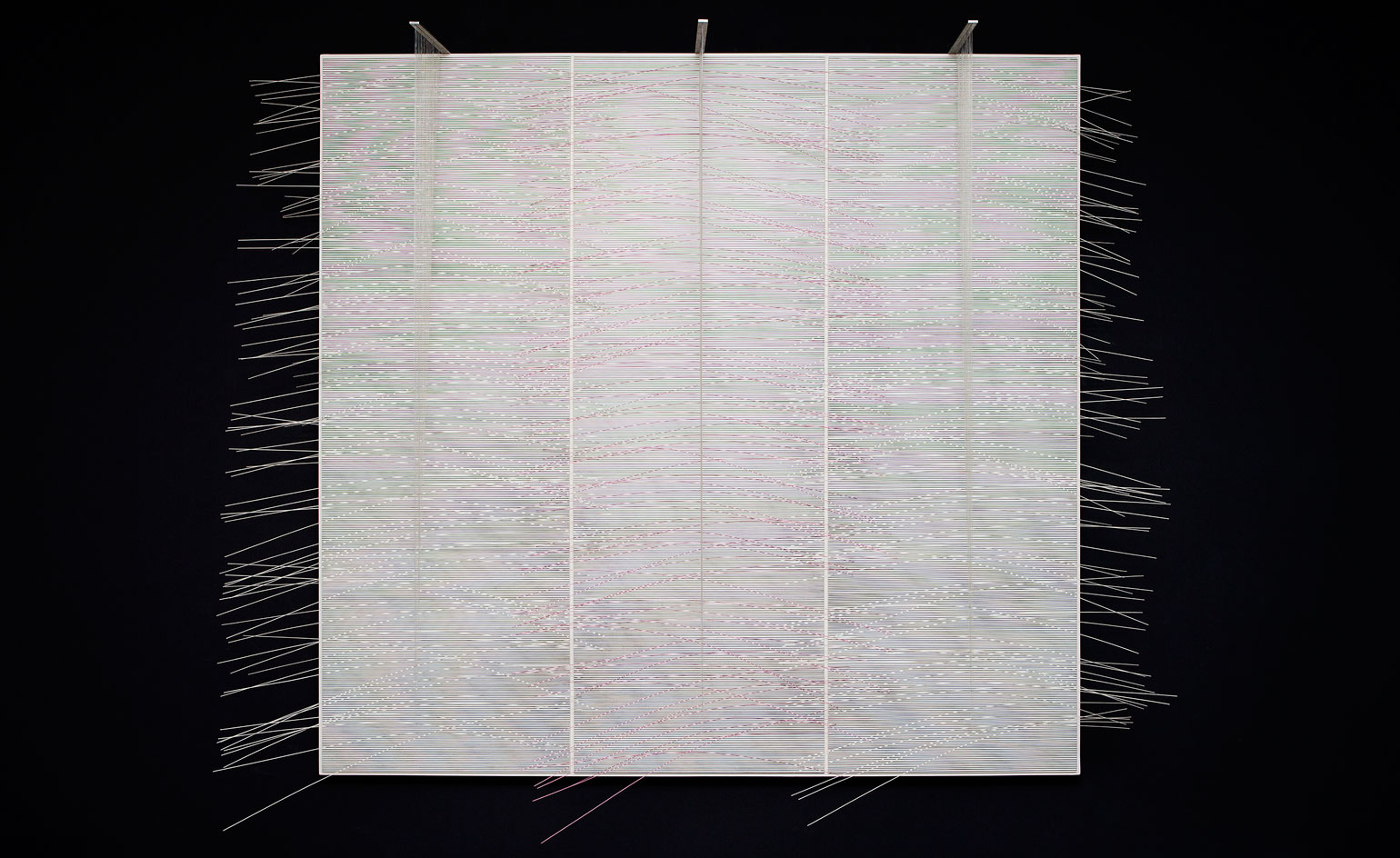
Other works, such as 'Columna rosa', 1973, are filled with swirling metal reliefs, require shuffling back and forth to experience the vibratory effect.
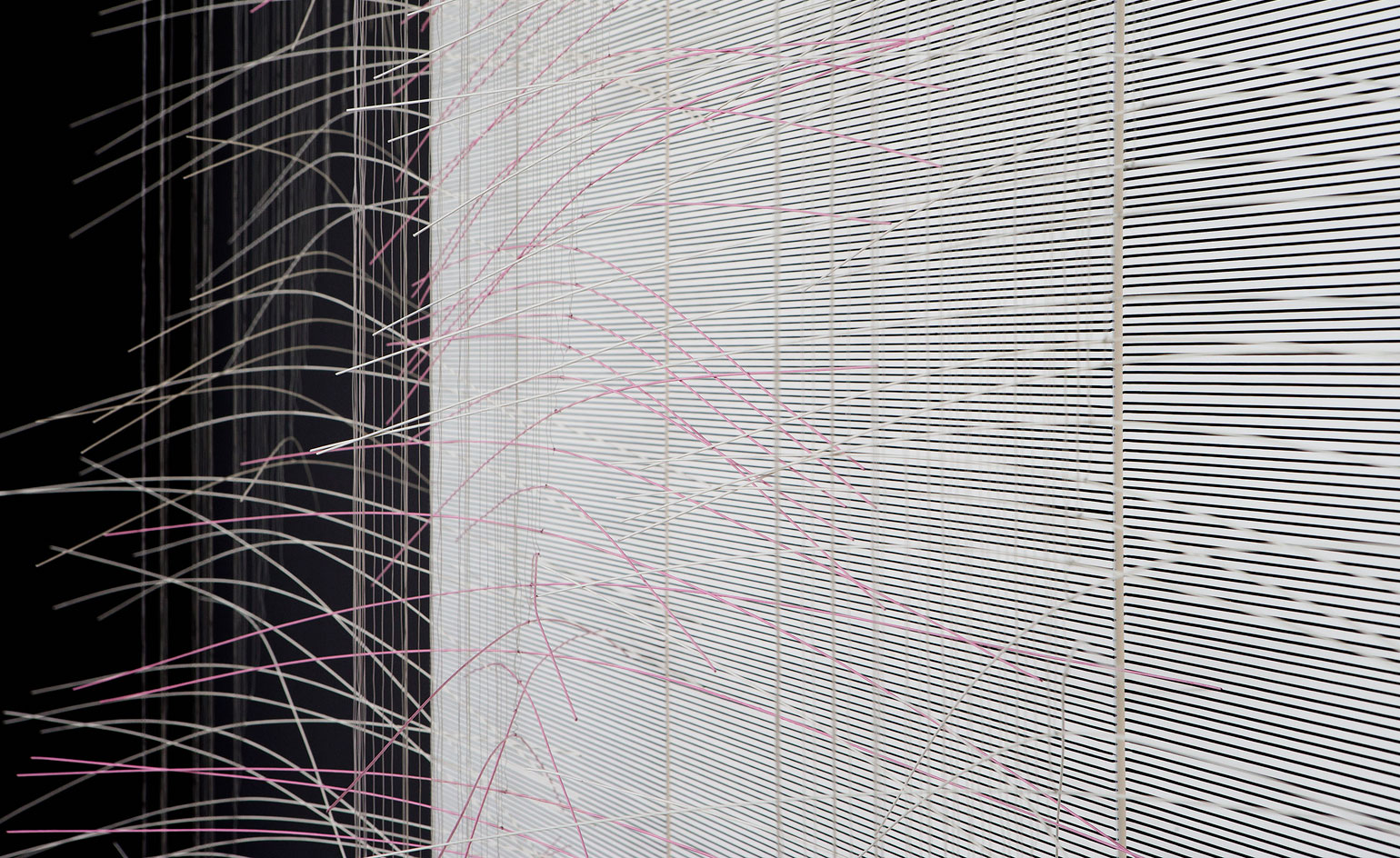
Detail of 'Columna rosa', 1973.
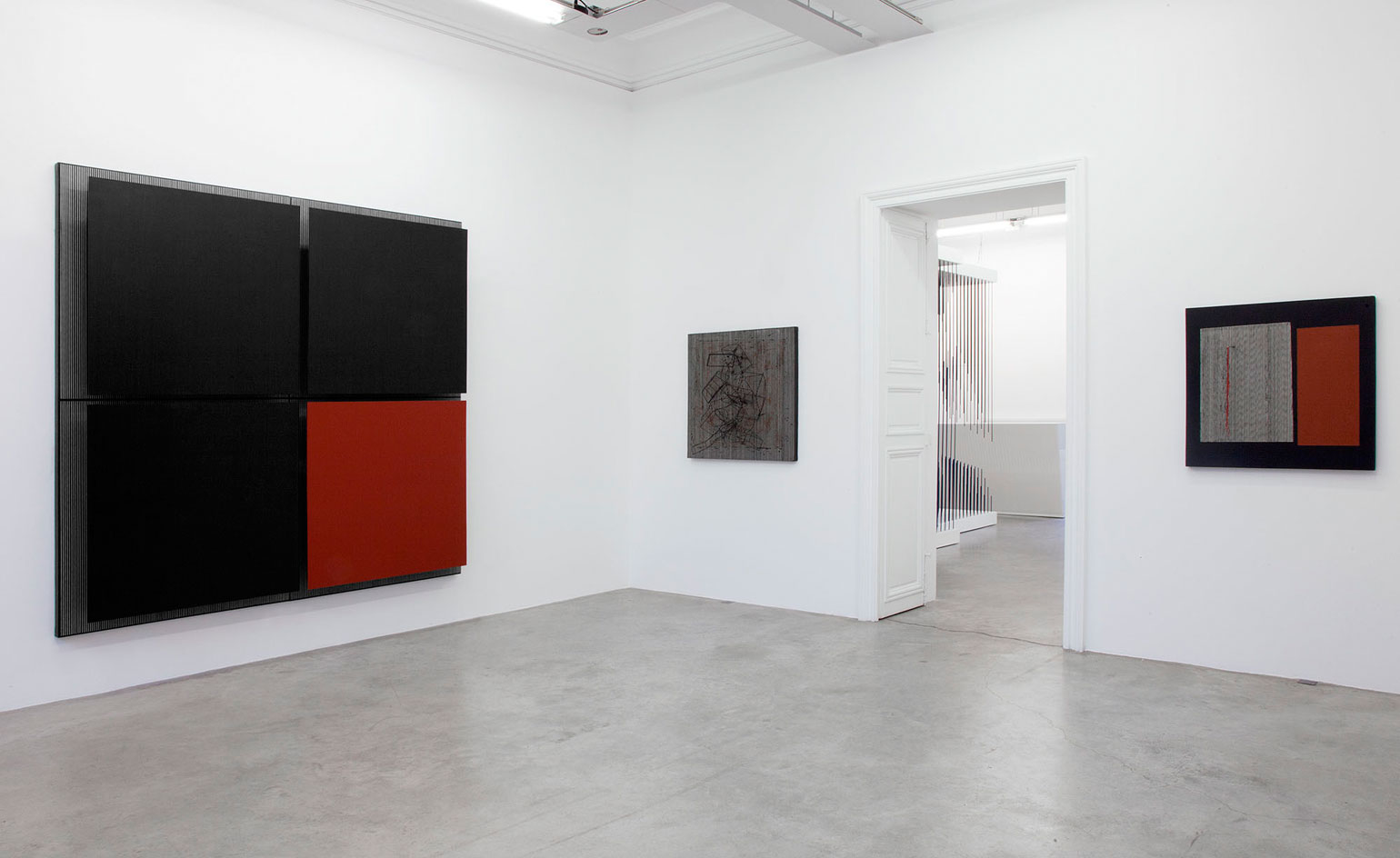
Of the nearly 60 exhibited works - in some cases, for sale - several have been made available by the artist’s estate, now represented by gallerist Emmanuel Perrotin...
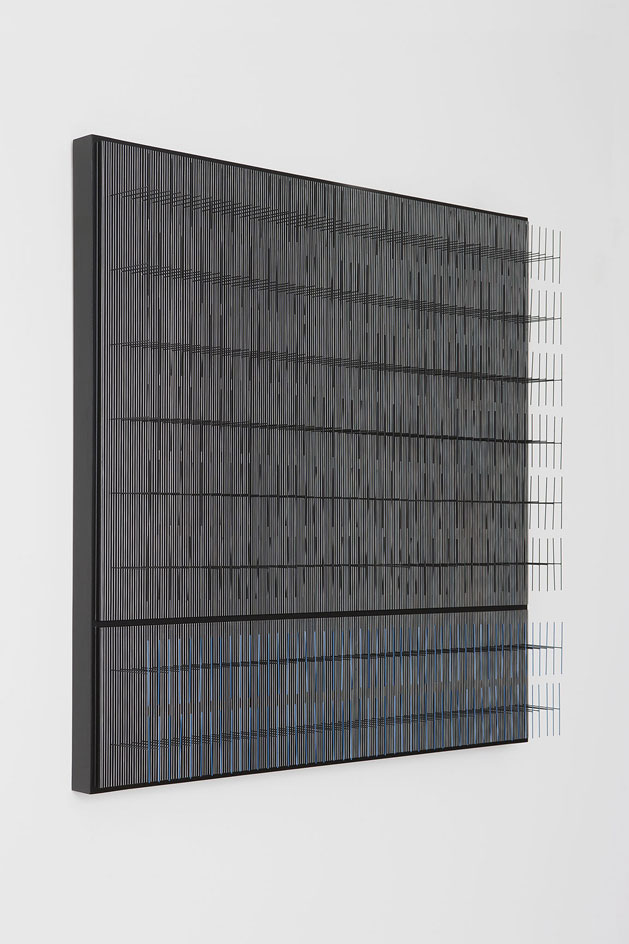
...while others are loans from international museums. Pictured is 'Tes negras y viola', 1994.
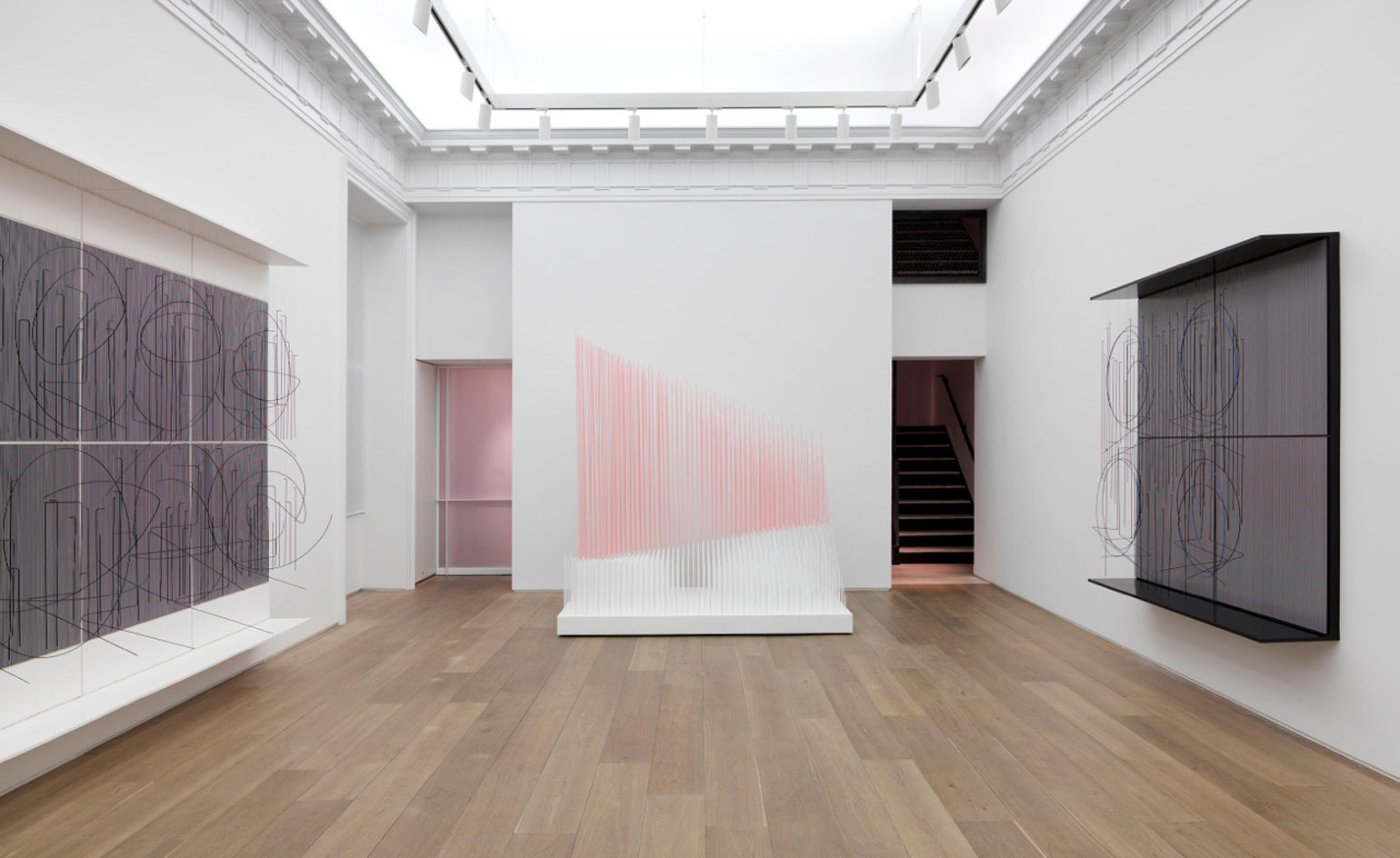
Installation view of the Soto retrospective at Galerie Perrotin New York
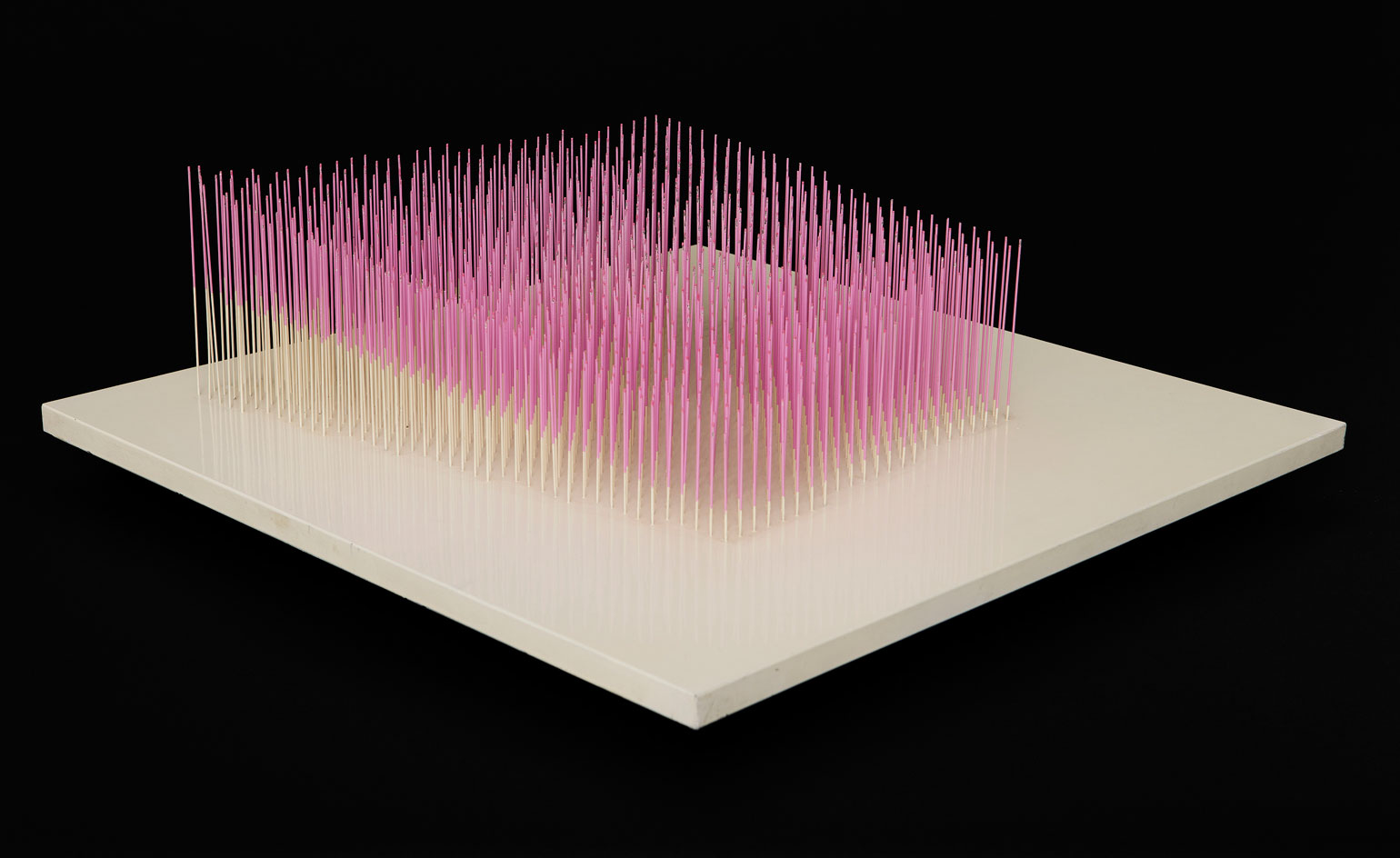
'Petite progression rose et blanche', 1976.
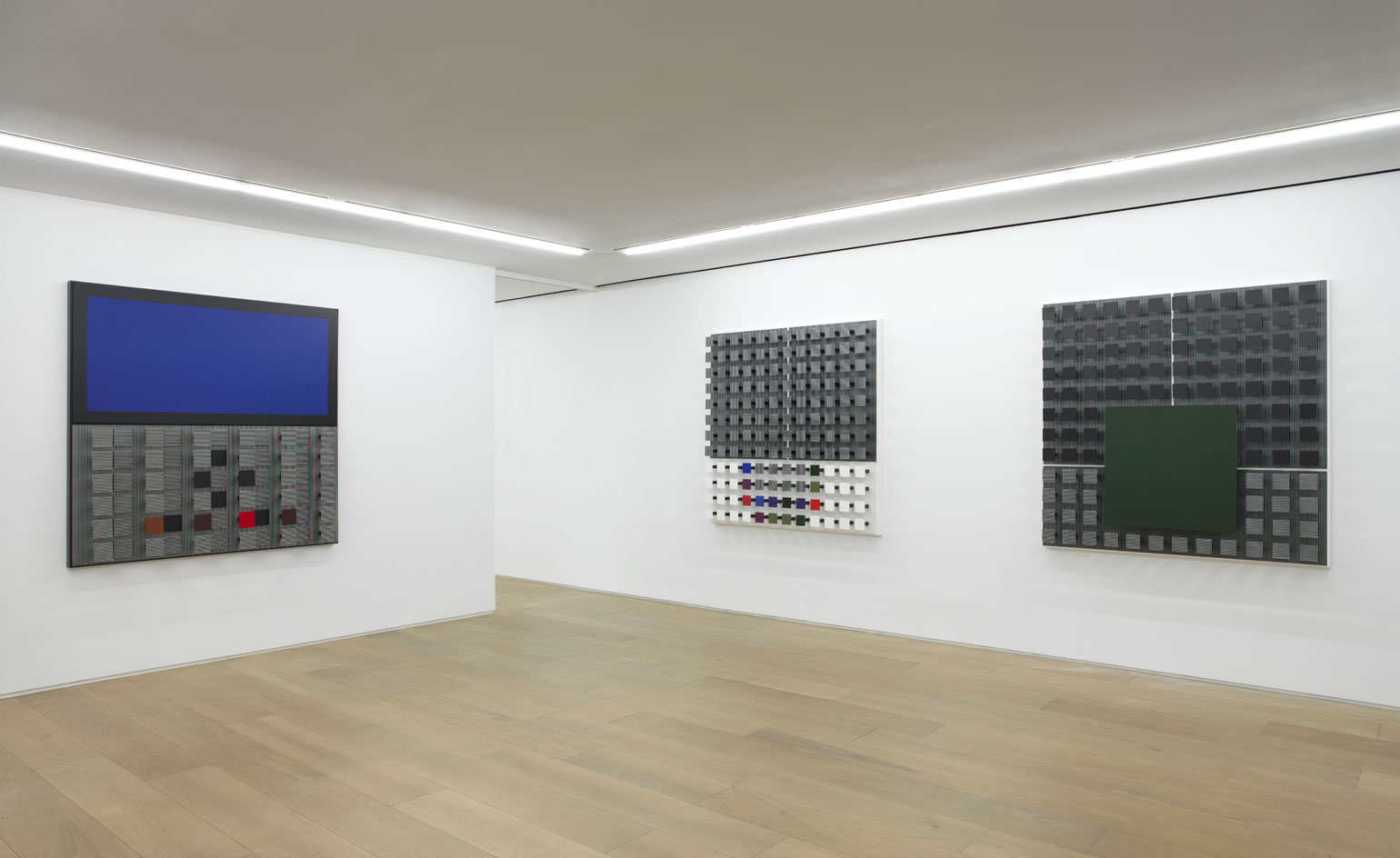
Soto added perceptual dimension to his 'paintings' so that wood panels would appear to advance and recede within their frames
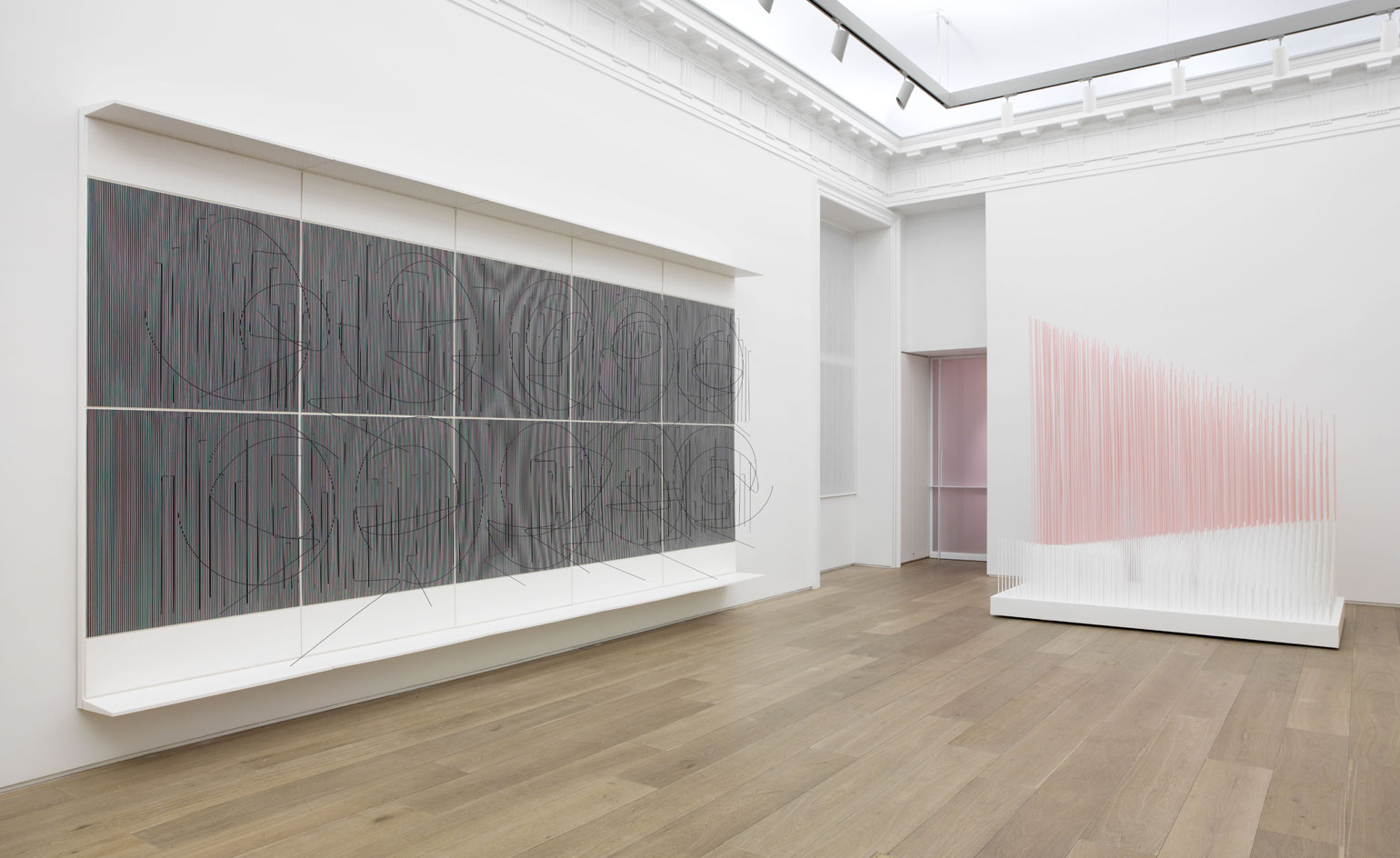
Installation view of the Soto retrospective at Galerie Perrotin New York
ADDRESS
Galerie Perrotin Paris
76 Rue de Turenne
75003 Paris
France
Wallpaper* Newsletter
Receive our daily digest of inspiration, escapism and design stories from around the world direct to your inbox.
-
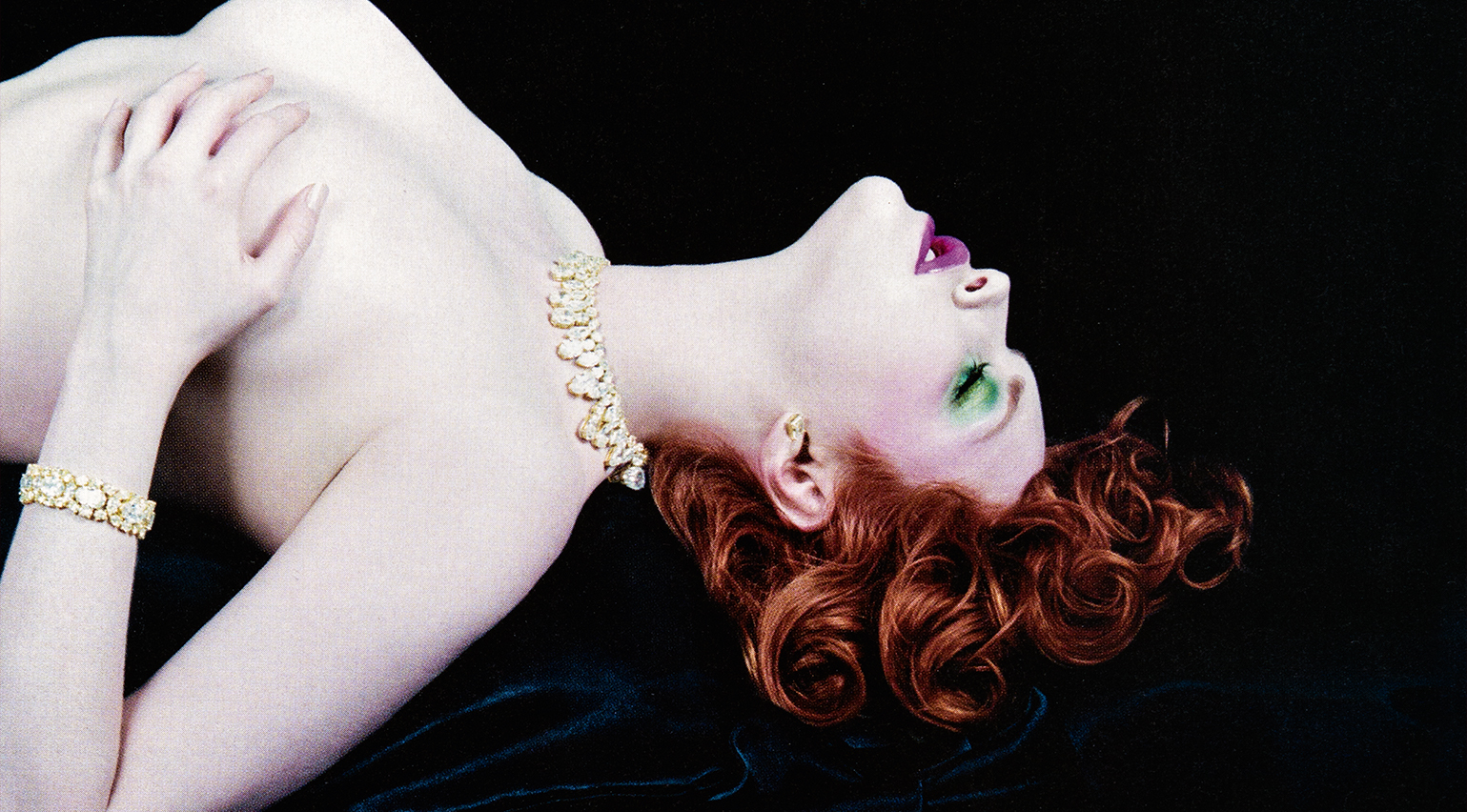 Sex, scent and celebrity: what perfume ads of the 2000s reveal about consumer culture today
Sex, scent and celebrity: what perfume ads of the 2000s reveal about consumer culture todayIn All-American Ads of the 2000s, the latest instalment of Taschen’s book series chronicling print advertising across ten decades, a section on perfume is a striking precursor for consumerism in the age of social media
-
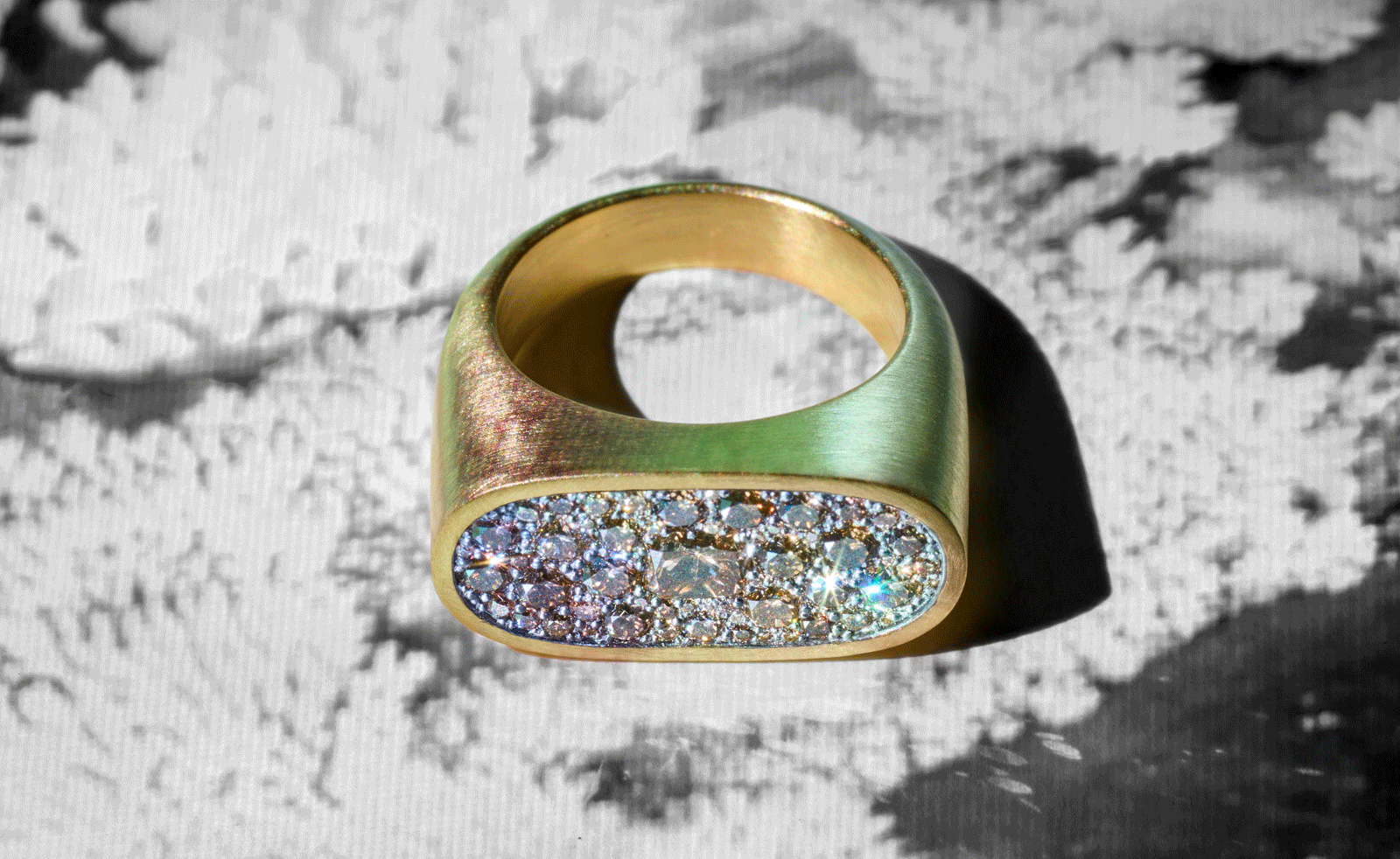 Shola Branson draws from the antique and modern for his must-have jewellery pieces
Shola Branson draws from the antique and modern for his must-have jewellery piecesShola Branson's jewellery in SMO gold combines a range of eclectic influences
-
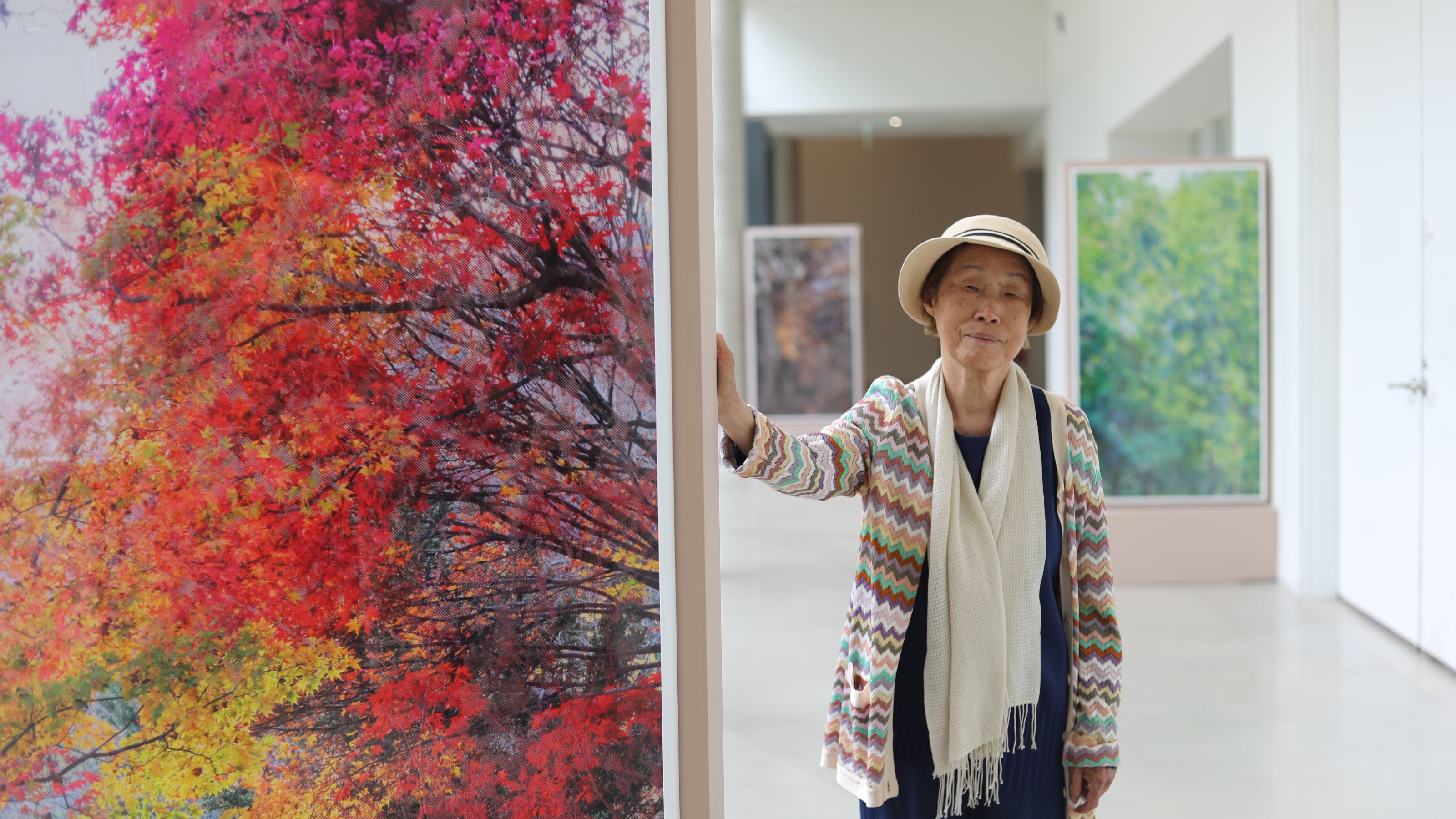 The exquisite landscape architecture of Jung Youngsun is celebrated at SMAC in Venice
The exquisite landscape architecture of Jung Youngsun is celebrated at SMAC in VeniceTimed to coincide with the Venice Biennale, the new San Marco Art Centre opened with a show on the work of South Korean landscape architect Jung Youngsun
-
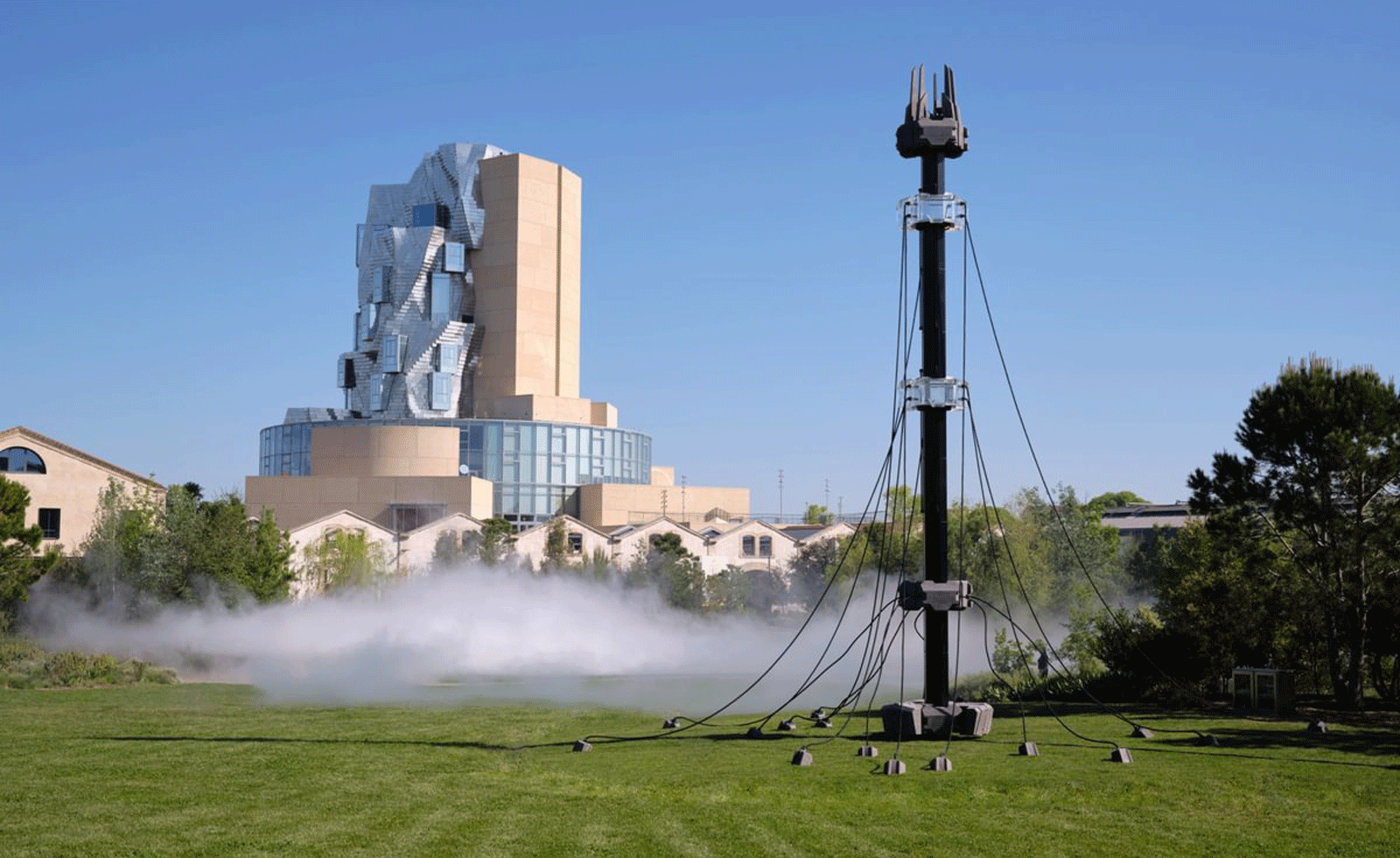 Technology, art and sculptures of fog: LUMA Arles kicks off the 2025/26 season
Technology, art and sculptures of fog: LUMA Arles kicks off the 2025/26 seasonThree different exhibitions at LUMA Arles, in France, delve into history in a celebration of all mediums; Amy Serafin went to explore
-
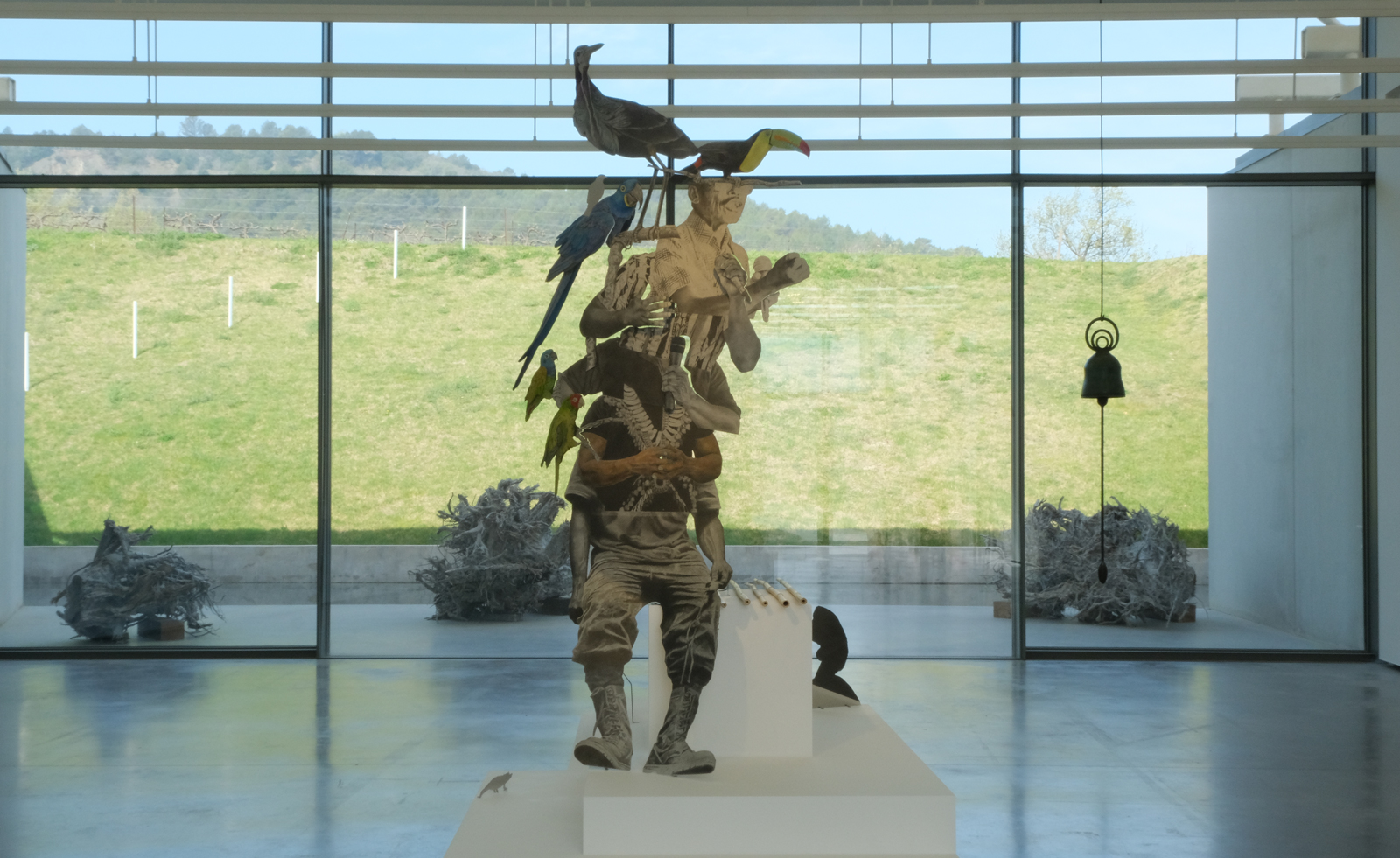 Contemporary artist collective Poush takes over Château La Coste
Contemporary artist collective Poush takes over Château La CosteMembers of Poush have created 160 works, set in and around the grounds of Château La Coste – the art, architecture and wine estate in Provence
-
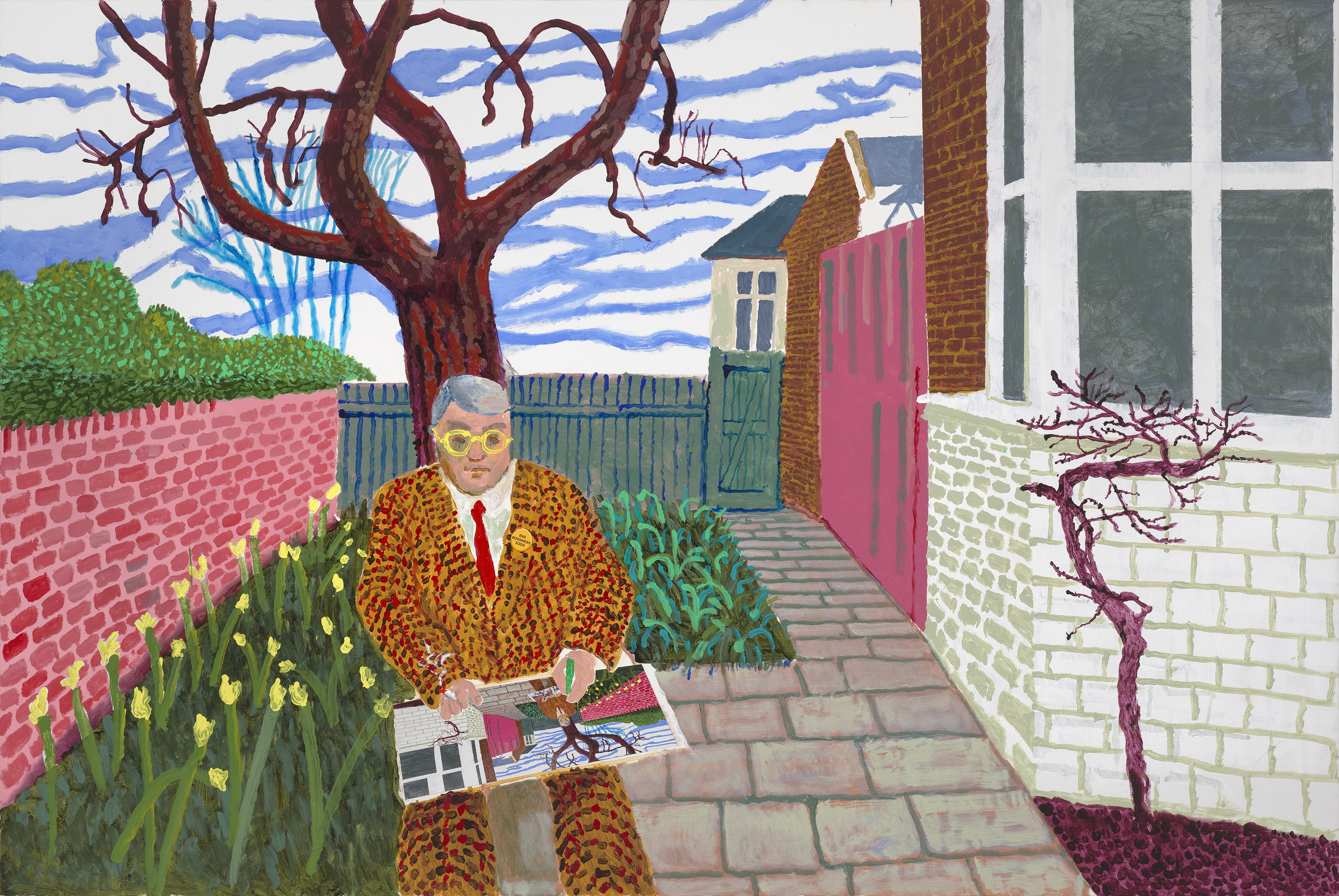 ‘David Hockney 25’: inside the artist’s blockbuster Paris show
‘David Hockney 25’: inside the artist’s blockbuster Paris show‘David Hockney 25’ has opened at Fondation Louis Vuitton in Paris. Wallpaper’s Hannah Silver took a tour of the colossal, colourful show
-
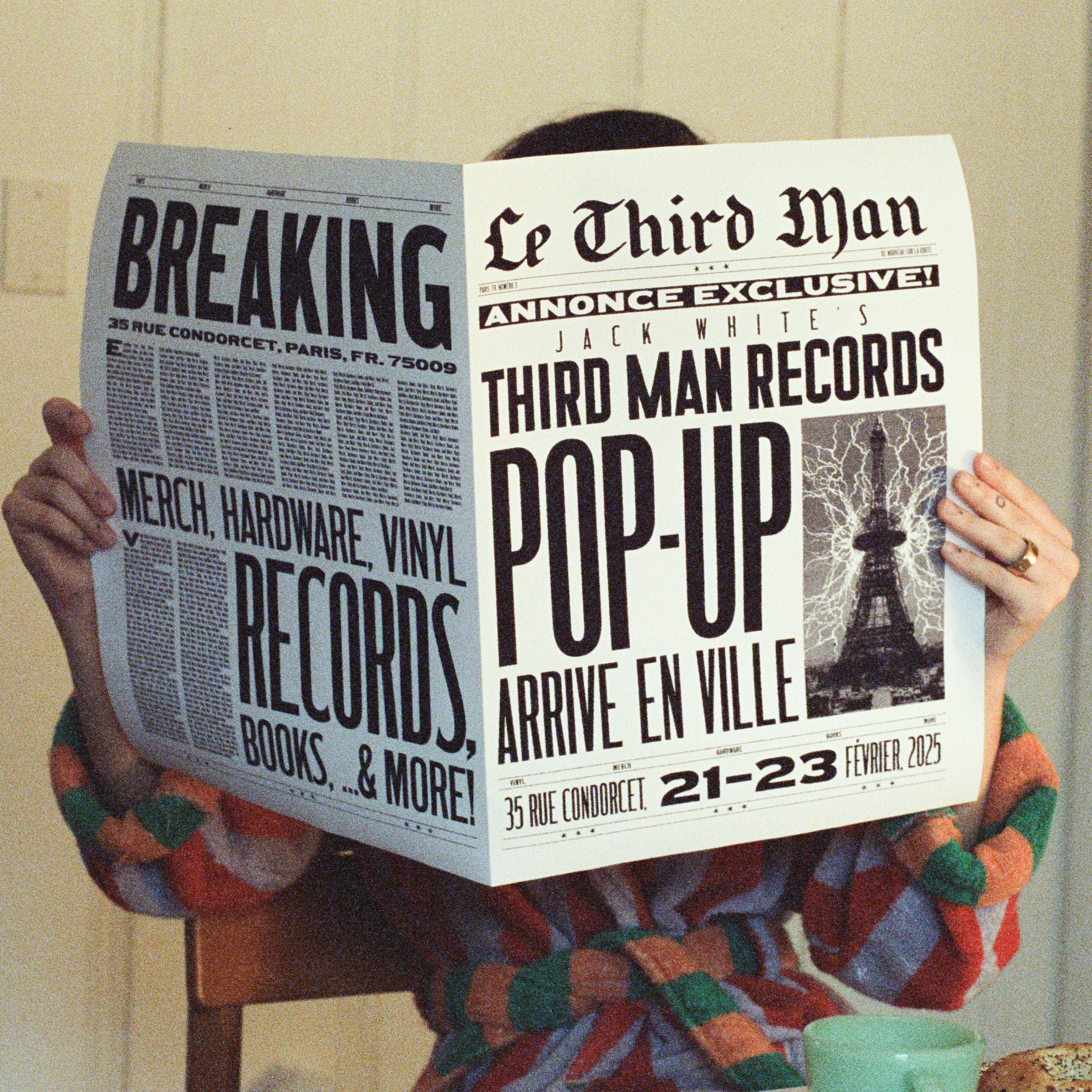 Jack White's Third Man Records opens a Paris pop-up
Jack White's Third Man Records opens a Paris pop-upJack White's immaculately-branded record store will set up shop in the 9th arrondissement this weekend
-
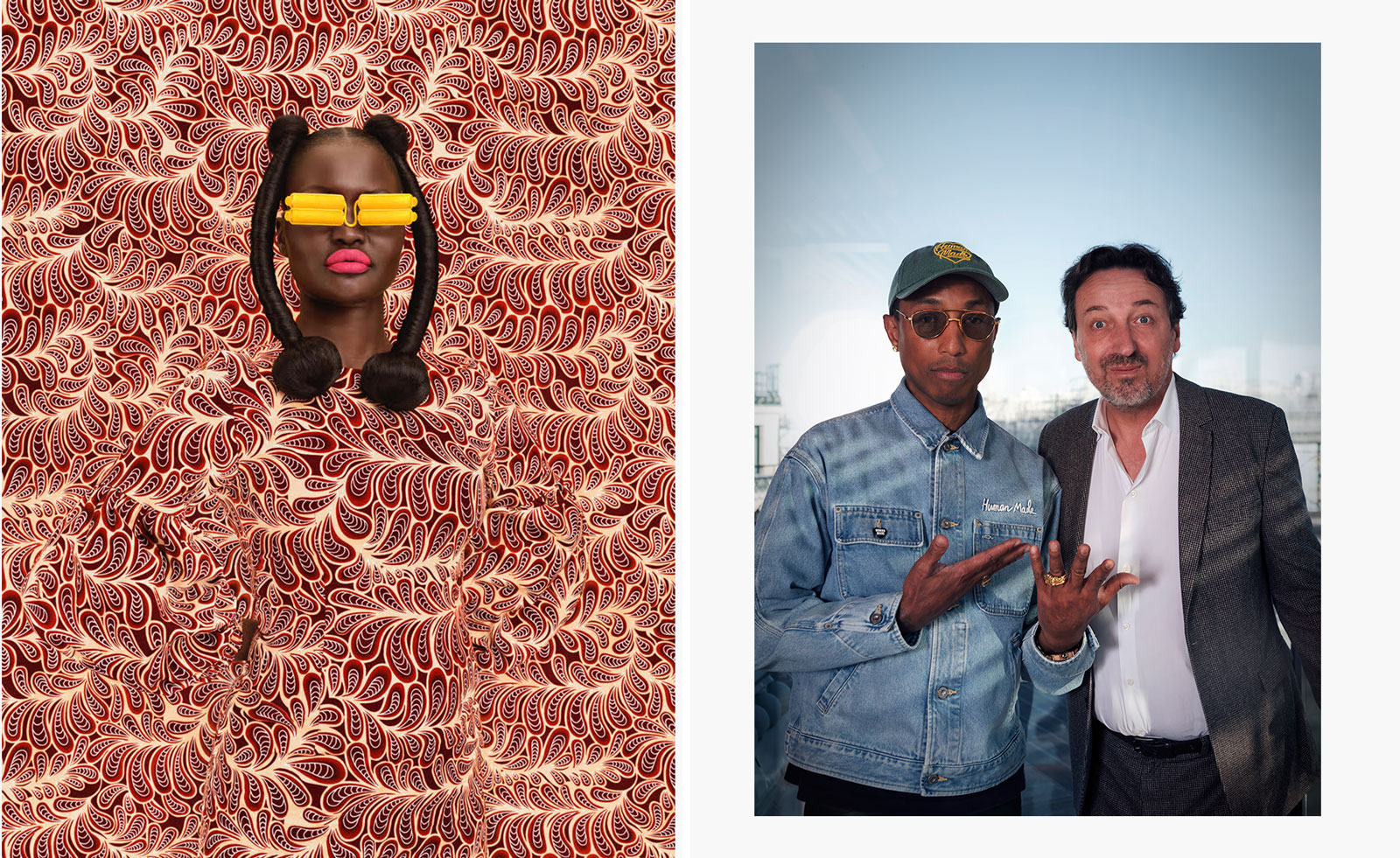 ‘The Black woman endures a gravity unlike any other’: Pharrell Williams explores diverse interpretations of femininity in Paris
‘The Black woman endures a gravity unlike any other’: Pharrell Williams explores diverse interpretations of femininity in ParisPharrell Williams returns to Perrotin gallery in Paris with a new group show which serves as an homage to Black women
-
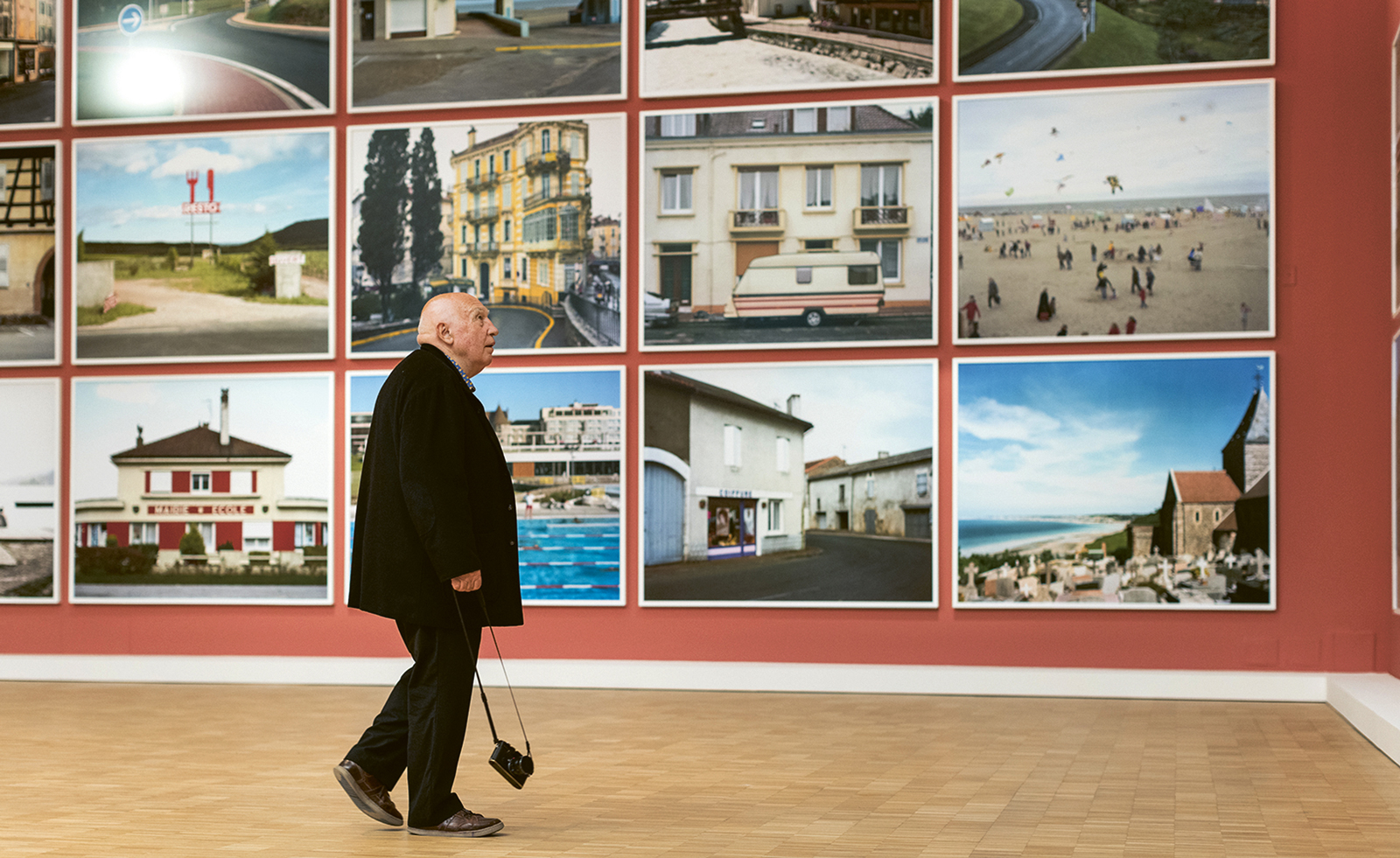 What makes fashion and art such good bedfellows?
What makes fashion and art such good bedfellows?There has always been a symbiosis between fashion and the art world. Here, we look at what makes the relationship such a successful one
-
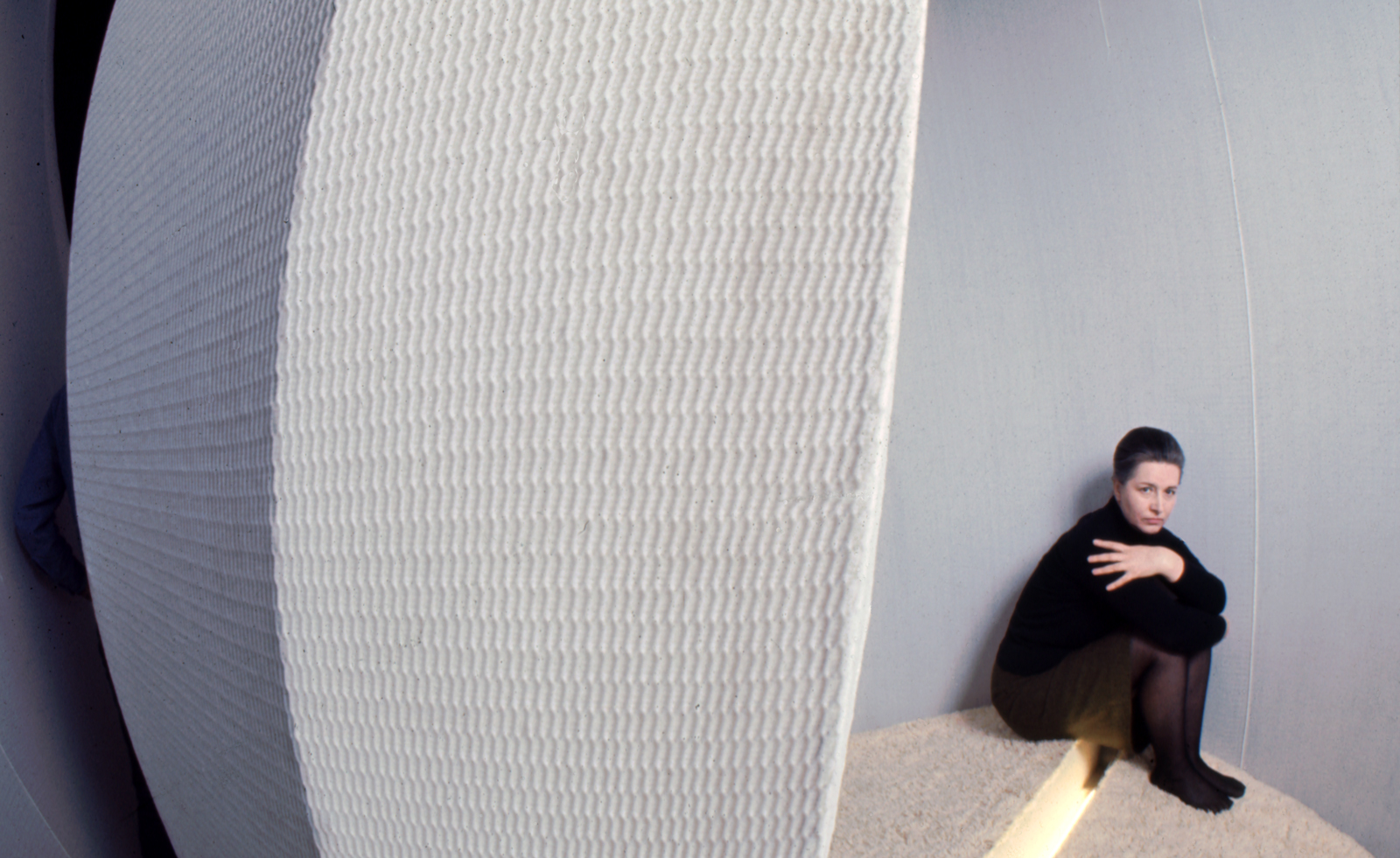 Architecture, sculpture and materials: female Lithuanian artists are celebrated in Nîmes
Architecture, sculpture and materials: female Lithuanian artists are celebrated in NîmesThe Carré d'Art in Nîmes, France, spotlights the work of Aleksandra Kasuba and Marija Olšauskaitė, as part of a nationwide celebration of Lithuanian culture
-
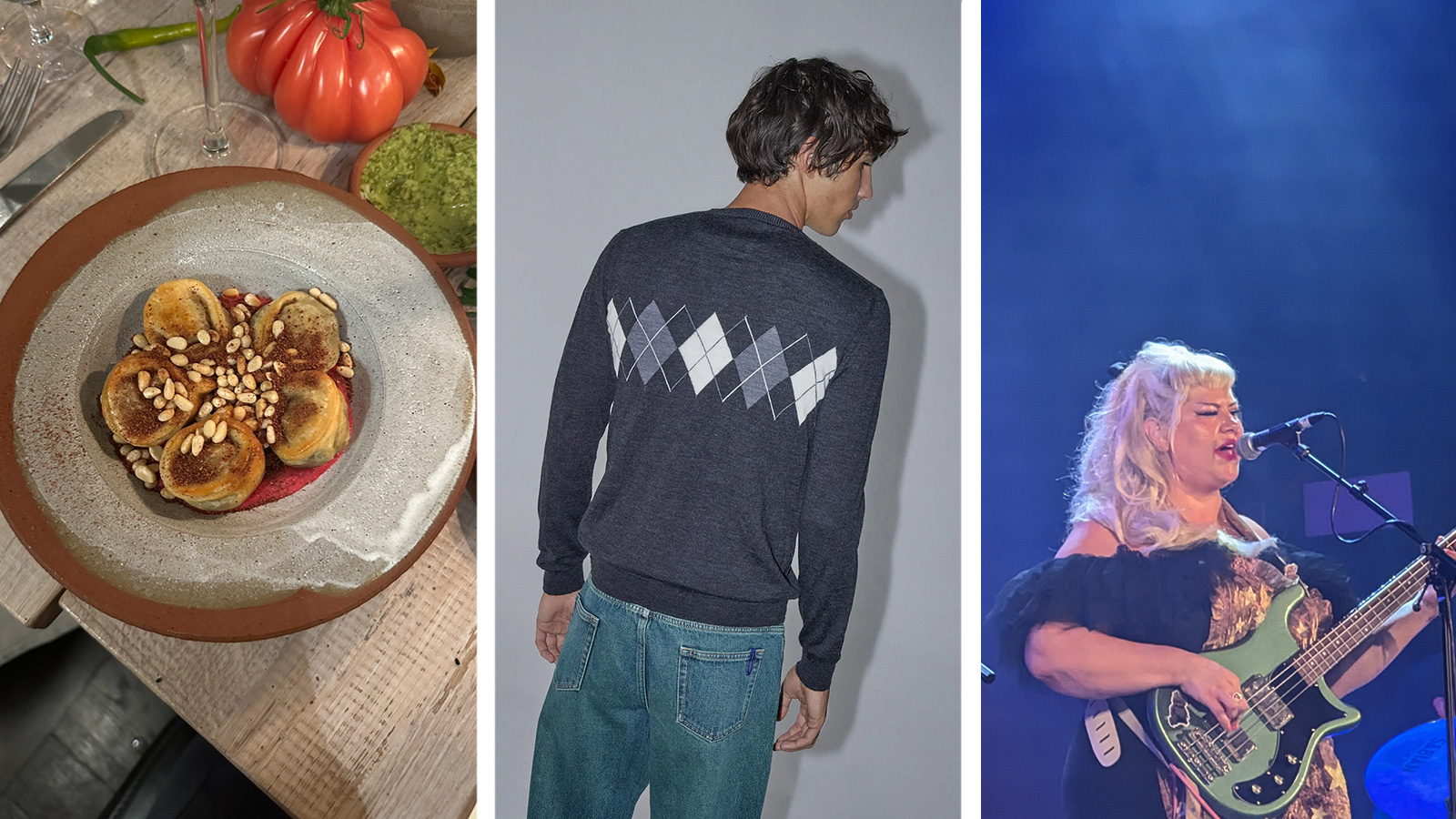 Out of office: what the Wallpaper* editors have been doing this week
Out of office: what the Wallpaper* editors have been doing this weekInvesting in quality knitwear, scouting a very special pair of earrings and dining with strangers are just some of the things keeping the Wallpaper* team occupied this week